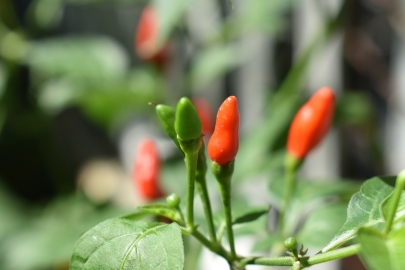Kan luminangkaw an presyo kan lada asin nagdalagan sa sarong ribo hanggang un mil dosyentos, duminakula man su paglaom ni Manoy Juan na mag-asenso. Kaya nag-arkila siya ki sadit na lote para mag-oma ki lada na ipapabakal. Nag-popoon pa lang mag-tubo su mga tanom niya, buminagsak tulos su presyo na uminabot sa P300 hanggang P500. (When the price of chili pepper rose to P1 thousand to P1.2 thousand, Manoy Juan’s hope to increase his income grew. So he rented a small farm to plant peppers and sell his produce. His plants were starting to grow when the price dropped to P300 to P500.)

The story of Manoy Juan is the story of most farmers. A few years back, when I was doing a study on the political feasibility of the Philippine Rural Development Program (PRDP), I was told that farmers in Western Visayas were encouraged to plant patola or loofah (either Luffa acutangular or Luffa aegyptiaca/Luffa cylindrica) because of the information from the Department of Agriculture (DA) that there is a high demand. But when the farmers could not find the market, the farmers protested and left their produce to rot in front of the DA field office. A similar situation occurred a few months ago when the farmers left to rot tons of tomatoes in Laguna (see here and here).
Comments
Post a Comment